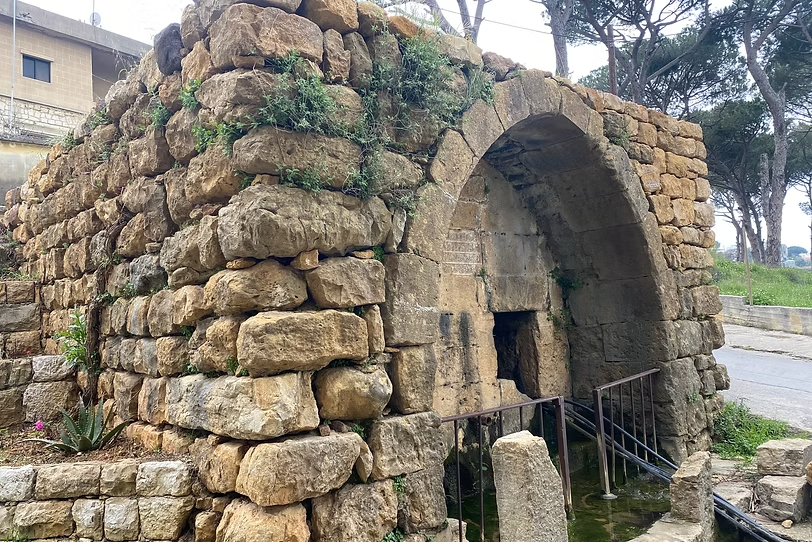
Ras el Matn is famous for its ancient springs: the spring of Deir Qnat, the spring of Deir Khuna, Dar Sayya, Bdounis, Al-Ghawabi, Btaelin, Al-Maadan, Al-Qasis, Al Hamza and Al Sheikh to name a few. Al-Marj spring dates to 1472 AD. The clear engraving seen on the stones of Al Marj Spring reads the date of this spring’s foundation, (877 AH) or during the Mamluk era a few decades prior to the Ottoman Conquest. It was built by Omar Muhammad Musa Rosen with a cost of ten thousand Four Hundred Dirhams. Al Marj Spring still stands undamaged 454 years later. The inscription states that those who built the spring were the people of Ras el Matn
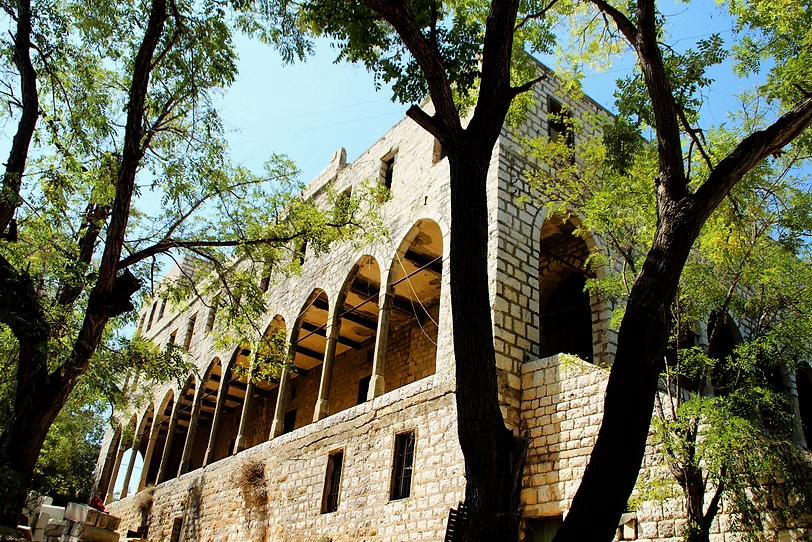
One of the most important cultural attractions in Ras el Matn is its serai ‘Al Saraya’. It was built by prince Abdallah Kaed Bey Al Tanoukhi on a beautiful hill in the early 17th century. It was known as Prince Fares Abi el Lamii’s serai and from it, Prince Read less Haidar al-Shehabi led his army to victory in the Battle of Ain Dara where his Qaisi army defeated the Yemeni army in 1711. After the collapse of Al Lamii authority and the fall of their emirate, the serai was bought from their heirs by Sheikh Hasan Rhaijeh Abou Reslan and Sheikh Bachir Makarem, who then sold it in the year 1910 to the English Orientalist Daniel Oliver of the “Friends Organization” for 563 gold liras. Oliver made the serai the headquarters of his Evangelical mission where he founded a shelter for abandoned children during World War I. At the end of the war, Oliver converted the orphanage to a school which was attended by many Lebanese and Arab dignitaries such as Najib Salha, Emile al-Bustani, Anis Freiha, Abdullah Khoury, Ajaj Nuweihed, and Halim Abu Ezzeddine. The earthquake of 1956 destroyed the serai and as a result the “Friends” School closed. The serai was then bought by His Excellency Najib Beik Salha. The building is sometimes used as a venue for activities of the various clubs and local associations.
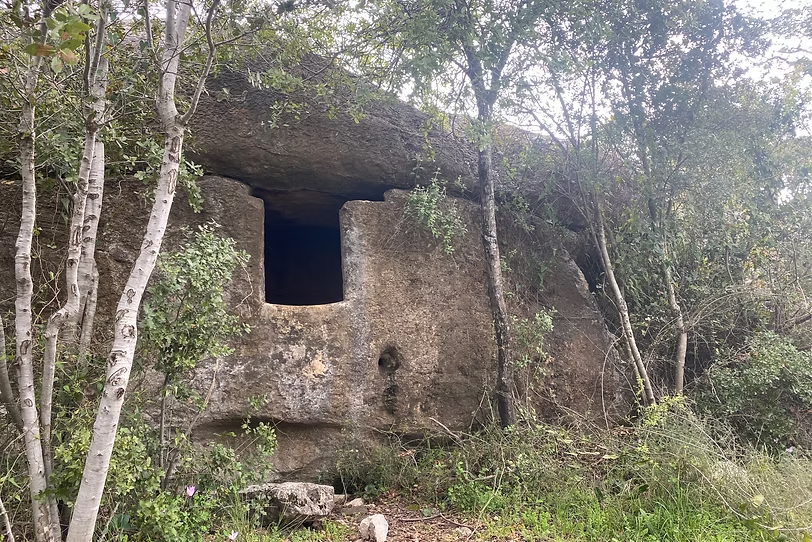
Lady Sara was one of the virtuous women mentioned in all monotheistic books and manuscripts, suggesting that the religion of monotheism or Al Tawheed saw women as an important element in society, responsible, reliable and Read less should be given full trust to carry out difficult tasks. The Mowahadoon gave her the title of ‘sit’, meaning Lady, indicating that the holder of this title dedicated her life to God, religion and faith. ‘Sit Sara’ was one of the first patron women to carry the title. She belonged to the Tay Tribe which accepted Christianity in its first era. The tribe was originally from Kahlan el Kohtaniya that came from Yemen with other tribes after the fall of Maarab Dam and relocating in new locations in Hijaz. While accomplishing her tasks, she faced many difficulties one of which in Ras el Matn where she carved a cave in the rocky slopes at the base of the village using it as a refuge as called after her name. According to legend and marvel, this rock opened and took the shape of a cave, creating a place for soap, bobbin, sewing tools, a wash basin, and a shelter Lady Sara used to escape from danger and from religious fanatics.
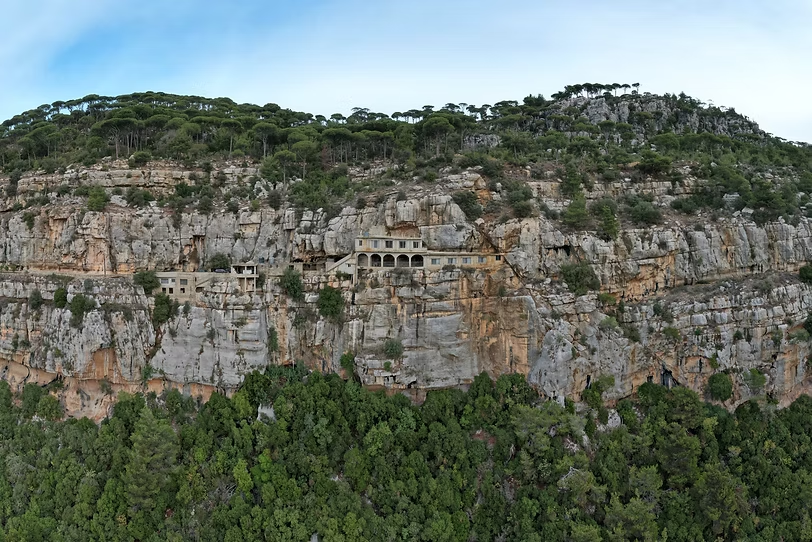
Ras el Matn is famous for Khalwet al-Shaqif an important religious attraction. It is also known as Khalwet Sheikh Abu Ali Yusuf Bardawil Abu Reslan a senior sheikh in Lebanon, and one of the prominent mindful sheikhs in the era of Read less Bashir al-Shihabi. Born in the town of Ras el Matn, and a member of the Abu Reslan family, he was attributed to Prince Munther Arslan al-Tanukhi. He was honorable and pious, patient and was armed with endurance. As a preacher and knowledgeable scholar, he was a reliable reference on religious matters and had a high standing among his people. Sheikh Abu Ali Yusuf spent a period of worship and hermitage in Khalwet al-Shaqif. The building is used by pious Druze men today as a place of seclusion and hermitage. as well as in Khalwet al-Ruwaisah or Khlalwet el Sheikh Abu Ali’s Naaman Abu Reslan which is located at the end of the Ras el Matn, and oversees the areas of Khaldeh, the Mediterranean sea, Aley and Bhamdoun. He also built a retreat known by his name in the center of Ras el Matn which consisted of two floors, the upper floor for the vigilance and worship of the Ajawid sheikhs, and the lower floor to accommodate the outsiders and beggars who used to come to Ras el Matn. The villagers used to say to any stranger: “You have nothing except Abu Reslan’s residence”. This house was recently demolished and a new one was established on its ruins, which reads: “Khalwet el Sheikh Abu Ali Yusuf Bardawil Abu Reslan”.
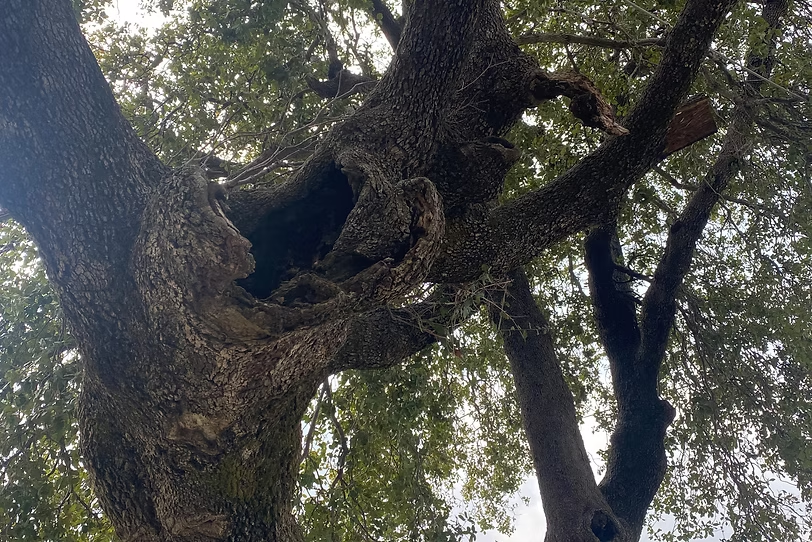
The Ancient Kermes Oak Tree in Btaalin is said to be around 500 years old. Mr. Fouad Abu Reslan, one of the town’s elders, maintains that “this tree carries in its veins conversations and laughter of students from generations past who went there to entertain and amuse themselves”. The mayor Fouad Hasan has beautiful memories there since the tree was the point where friends met to go out of the town. The tree’s branches bear witness to their joys, sorrows and romantic stories. Some believe that this tree brings luck and use it to tie wish-ribbons in the hope that their wishes would come true.
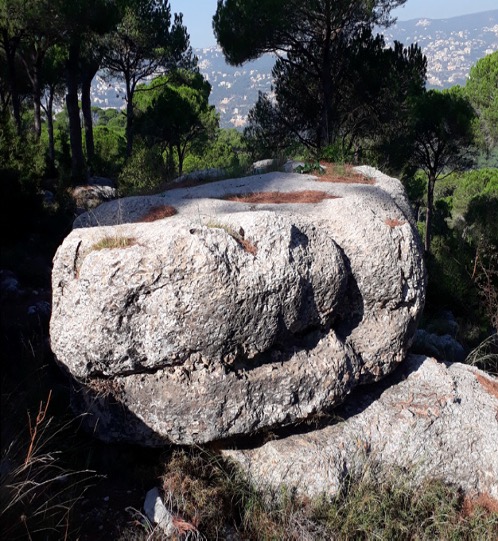
Shir al Hazaz is a large calcareous rock located in the pine forests of Ras al Maten. It has a thickness of one meter and a surface area of approximately four square meters. The bottom of “Shir al-Hazaz” is smooth, rising a little from the ground, throwing its weight on a rock planted in the ground to the east, and running from the front on a rocky canyon that is now quite unstable. This lower part is more like a painting where the hikers carve their names using pebbles or coal. Al-Shir is a Syriac word meaning the great rock overseeing the descent. Between the two bases is a small space that allows the moving of the Shir so the rock swings tenderly and repetitively; this is why it is given its name “Shir al Hazaz”.
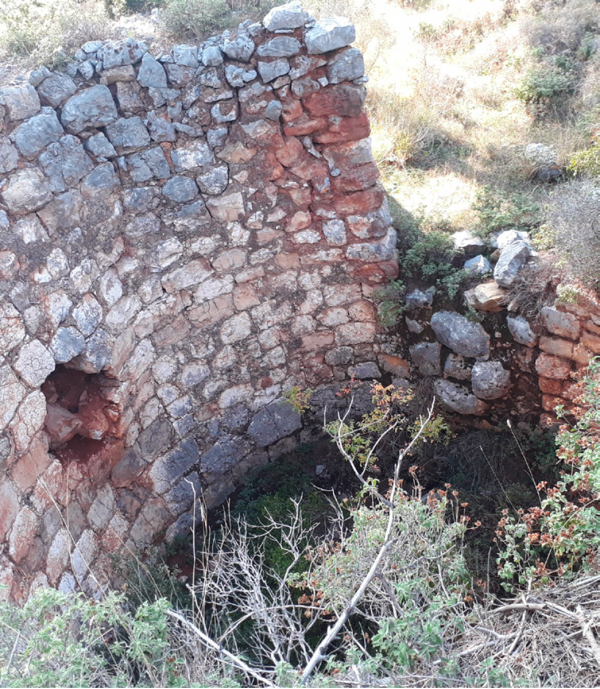
Old houses were built of stones and cemented with lime. As those houses were dim from the inside due to their small windows, most people used to paint the inner walls with lime to increase the light, and lime, as known, was used for sterilization and protection against harmful insects. In Ras el Metn, there are still some Atoons that were the principle livelihood for many who made the lime industry their profession. Workers used to dig a hole in the ground for more than 5 meters and the small pieces of hand-cut limestones were placed in a pyramid form. This hole is called the Atoon.
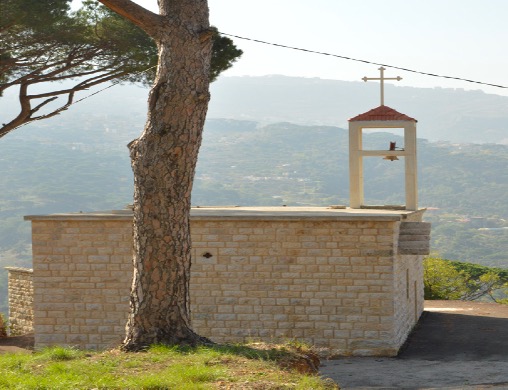
Among the attractions of religious tourism in Ras el Metn and the neighborhood of Deir Al Harf, Qusaybaeh, Kortada and Zandooka are several churches, including: the Church of the Lady of the Greek Orthodox which was built by the Orthodox community in 1710 on the ruins of another ancient church. It was damaged during the war and it was repaired and its icons were restored before being inaugurated in 2001.
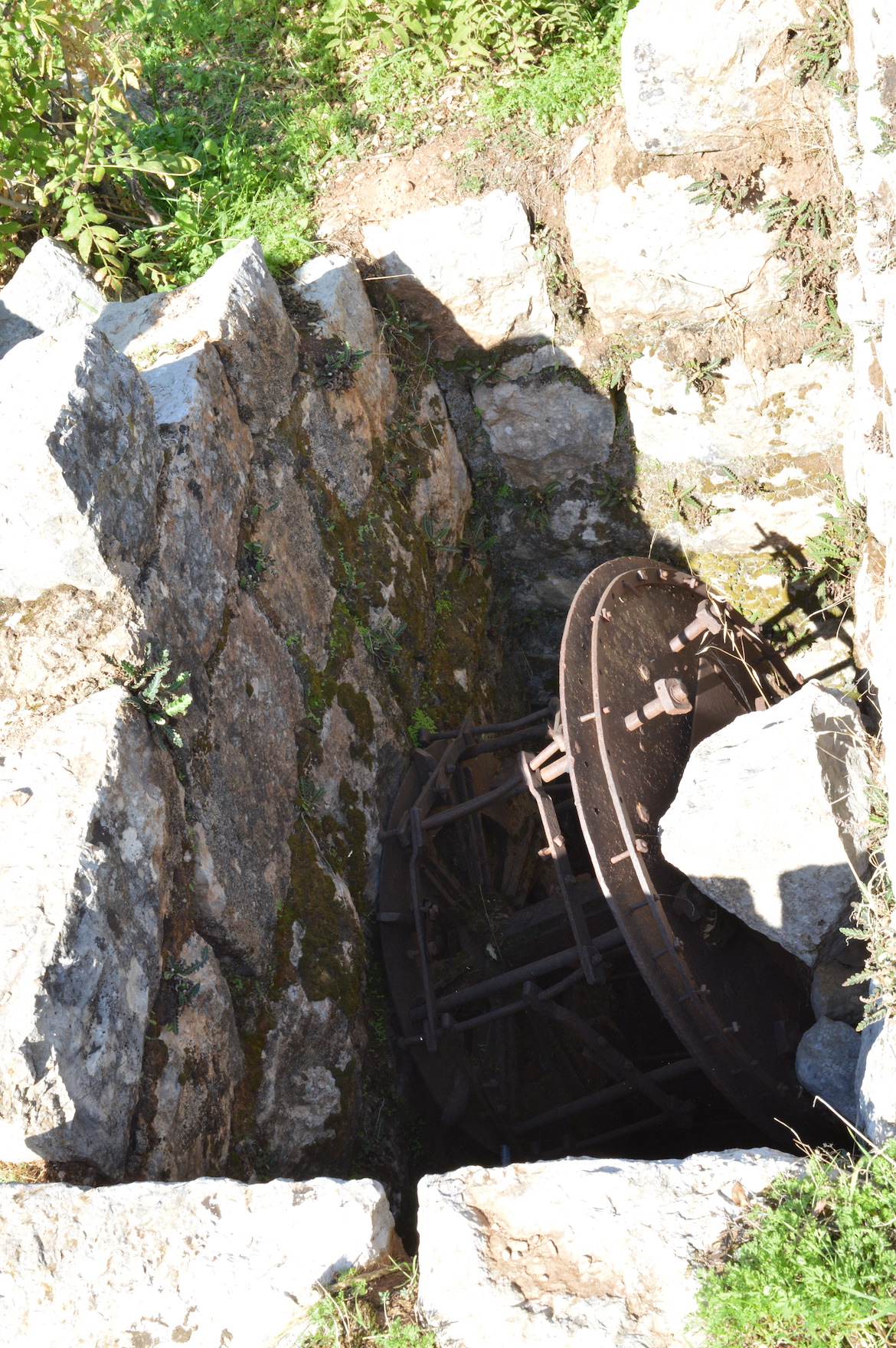
The Water Wheel is considered the oldest media used by Humans to raise water from canals and then distribute to channels to take advantage of in more than one area, so called water wheel, it is in constant motion, with boxes or buckets or hollowed scoops, whose primary mission is to lift water from river or spring level up it to the top to be thrown in channels to another subset reaching houses and orchards to secure drinking and irrigation water. The name “Al Naaoura” linguistically came from the verb blare which means cause a loud, harsh noise.
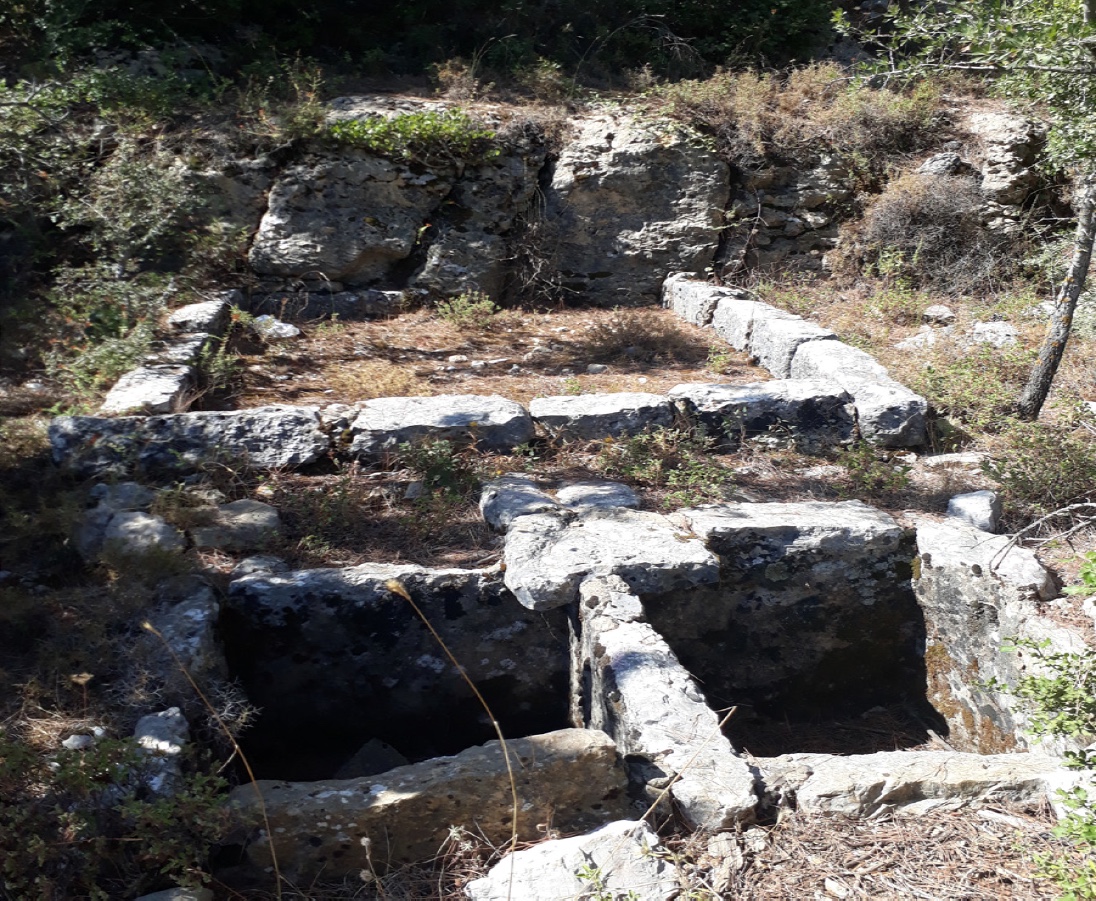
Molasses season was a chance for villagers to meet and collaborate in grape picking and transporting to mill, then preparing firewood to cook the grapes and finally preserving them in potteries to save from year to year. This carved grape press amid the rocks, consists of stone terraces, circular and square barns hewn in the rocks, about a meter of width and 70 cm of depth. A few meters away from there you can see “the fireplace” usually about 125 cm width and a Height of 75 cm, to ignite firewood as fuel under the large container called “khlkina” which is filled with grape juice for about 3 to 4 hours which is the required time for cooking the grapes where the juice becomes thick molasses.
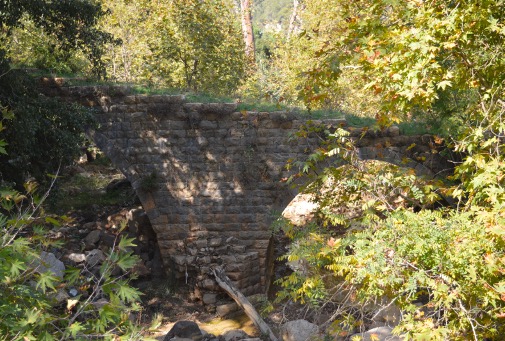
In between the fruitful pine trees, the Oriental plane, the Kermes oak and the Cyprus oak, amid the flowers and wild plants, in the common area on the town's outskirts of Deir Khoona, Rweiset el Baloot, and Ras el Metn, there are historical and archaeological landmarks including the ancient Ottoman Bridge, which was built over Beirut River, one of the most beautiful features of the region. The Ottoman bridge was built at the end of the 19th century during the Ottoman days to connect the Northern Maten close to Beirut Port with the Southern Maten close to the Train station in Sawfar. It was known as the country bridge.
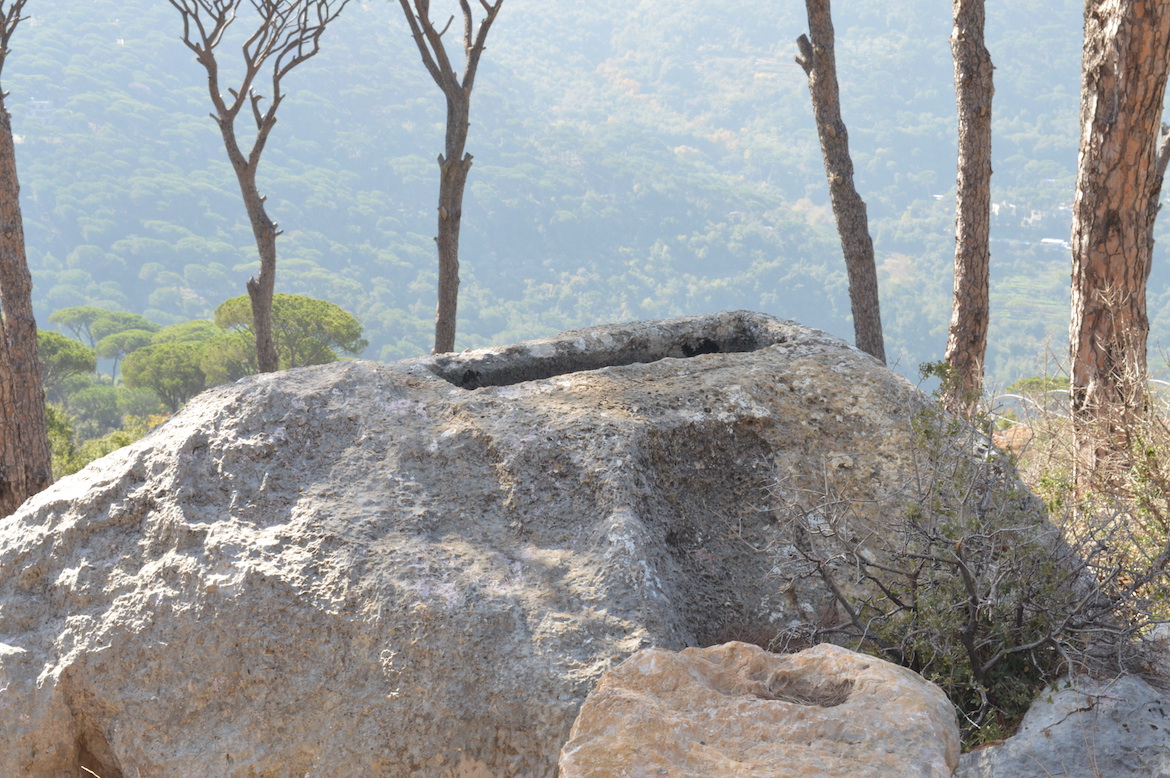
Dating back to the Phoenician era the town has various tombs in both Al Nabaa and Btaaleen.

بلدية رأس المتن - جميع الحقوق محفوظة © ٢٠٢٥
الموقع: رأس المتن، بيروت، لبنان. | الهاتف: 753083-05-00961 | البريد الإلكتروني: [email protected]
الشروط والأحكام | سياسة الخصوصية | الأسئلة الشائعة | الشكاوى | اتصل بنا